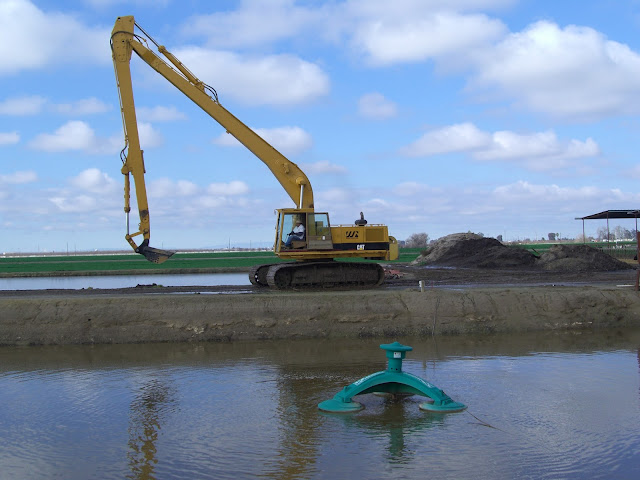Updated 1 hr 35 mins ago
Authorities say a small plane has crashed in a New Jersey neighborhood, injuring the pilot.
The single-engine 1972 Piper plane went down shortly after 10 a.m. Sunday in Bayonne.
City officials say the pilot was alert and talking after rescuers removed him from the wreckage. He was taken to a hospital for treatment of undisclosed injuries.
The pilot was the only person aboard the plane. His name has not been released.
The plane mangled power lines in the area and damaged some parked vehicles. But no one on the ground was injured in the crash.
======
Date:
| 19-FEB-2017 | |
| Time: | 10:00LT |
| Type: |  Piper PA-28R-200 Arrow |
| Owner/operator: | Private |
| Registration: | N15745 |
| C/n / msn: | 28R-7335087 |
| Fatalities: | Fatalities: 0 / Occupants: 1 |
| Other fatalities: | 0 |
| Airplane damage: | Written off (damaged beyond repair) |
| Location: | Avenue E between 41st and 42nd Streets, Bayonne, New Jersey -
 United States of America United States of America
|
| Phase: | |
| Nature: | |
| Departure airport: | |
The aircraft crashed in a neighborhood in Bayonne, New Jersey.
The only person on board was the pilot, who has been injured and extricated.
The aircraft's wheel compartment was split into two as the pieces lay within 30 feet of each other. A car parked near the accident had its hood partially mangled by the impact of the crash.
The cause of the crash is under investigation.
Sources:
http://www.nbcphiladelphia.com/news/local/Small-Plane-Crashes-in-New-Jersey-With-Pilot-Entrapped-Officials-414194823.html
http://abc7ny.com/news/small-plane-crashes-in-bayonne-pilot-extricated/1762340/
http://www.aviationdb.com/Aviation/Aircraft/1/N15745.shtm
https://photos.flightaware.com/photos/retriever/cc2e8ed8543adbb47668d9f418c63aa0f4752393



























































